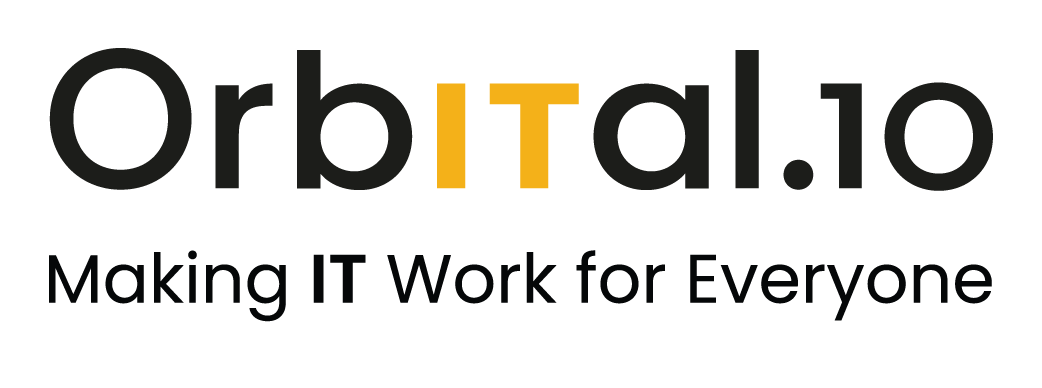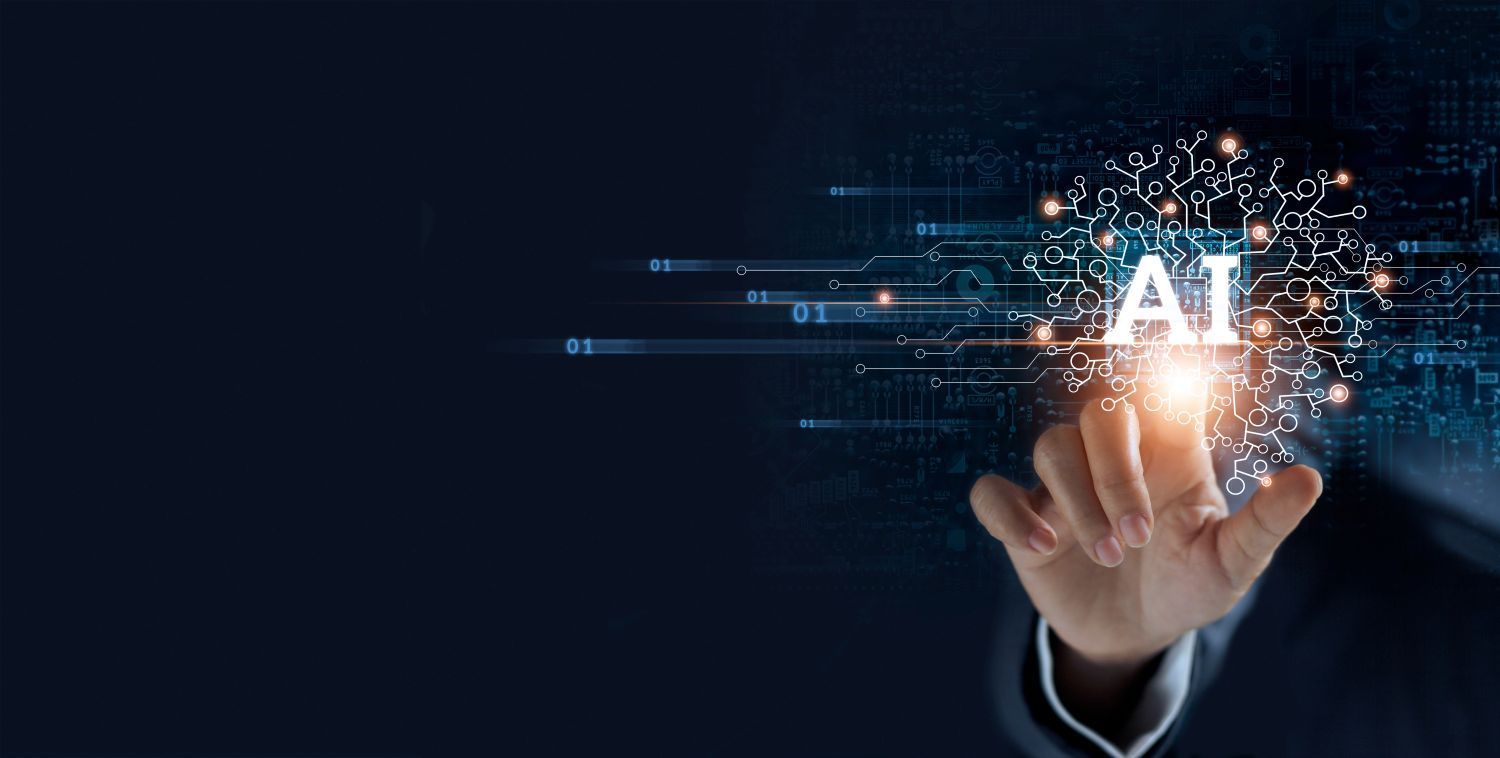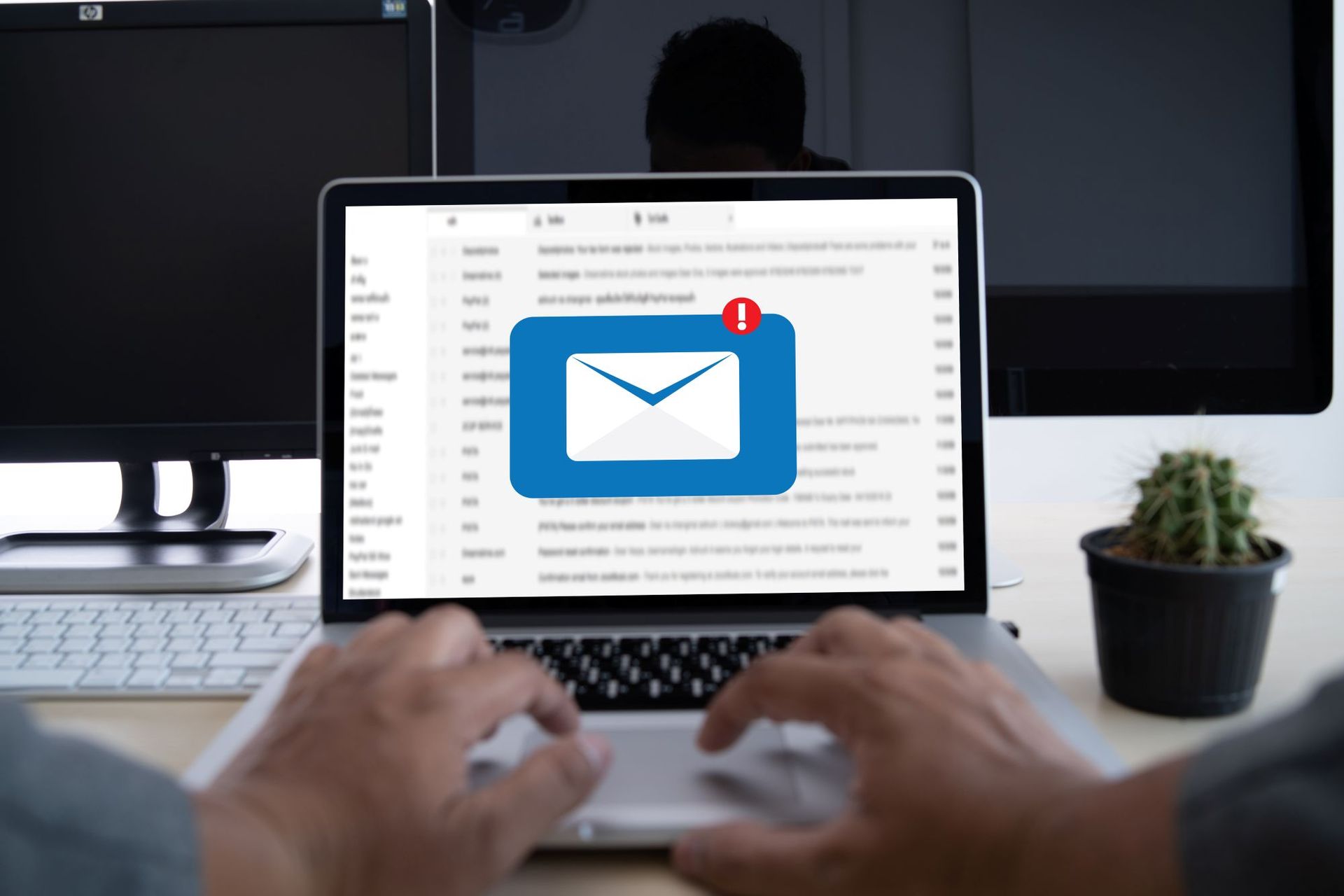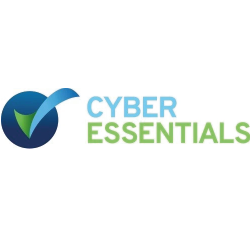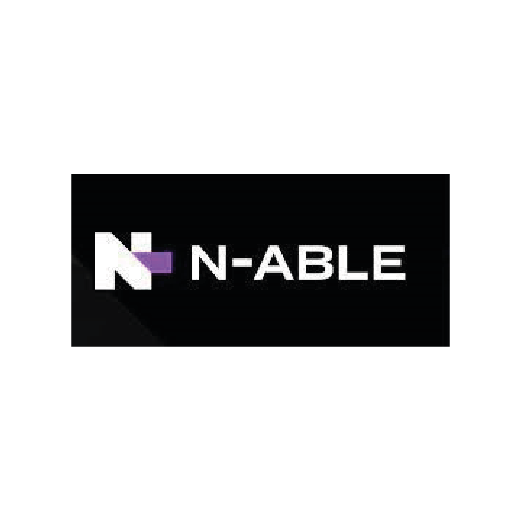It all started with an email…
All businesses face the same daunting challenge: email is the most important business communication tool, but it is also the leading cause of security breaches.
Emails are the go-to communication tool for most people in the workplace. There may be a host of alternatives that are gaining traction, but good old email still ranks number one. We have used it for decades, don’t really question it or give it much thought, it is just there and just what we use. We trust it. But should we?
This is a question for employers and business owners, as the negative side of email trust will have the greatest impact on you and your business.
90% of successful cyber attacks originate with an email.
Emails make for a great platform to breach security and attackers are not going to jump off that platform for some time yet… it pays too well! This means it is up to the users (aka employers) to tighten up email security, and there are a number of ways to do this:
- Educate your employees – make them aware of the types of risks associated with emails, how to identify malicious links and attachments and what to do if they receive, or even click on, one.
- Monitor your networks – real-time monitoring can enable potential threats to be identified and dealt with before they become an issue.
- Take your antivirus to the next level – next-generation antiviruses deliver multi-layered threat protection effectively halting both known and unknown types of malware.
- Track outgoing email content – ensure sensitive data is not being leaked through outgoing emails.
- Implement URL filtering – malicious emails often contain URL links to activate malware, so these need to be filtered and blocked.
Ultimately, prevention is your greatest weapon and form of protection. Ensuring malicious emails don’t reach the recipients in the first place is the ultimate goal.
Talk to one of our security specialist today >
Topics: Email security, phishing, data protection, cyber threats, cyber security, malware, remote monitoring
